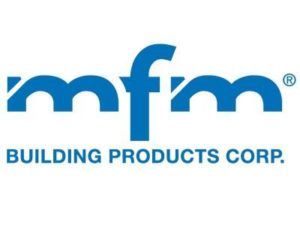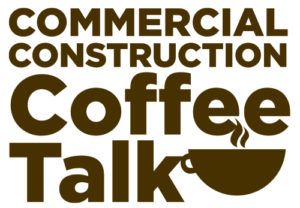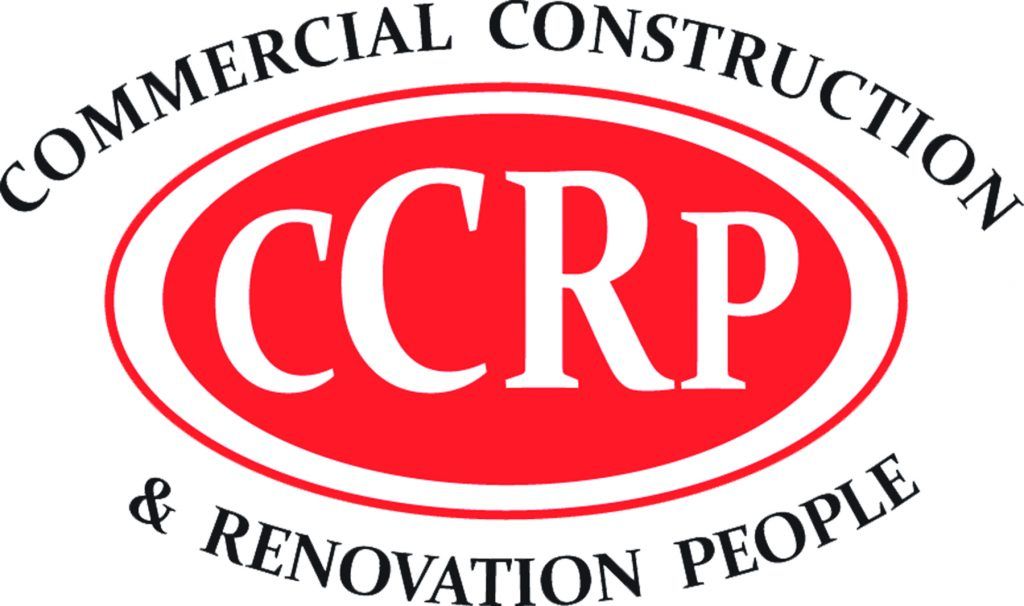The decision facing commercial roofers today isn’t just about immediate installation costs anymore. With material science advancing rapidly and energy codes becoming increasingly stringent, commercial roofers must guide clients through a complex matrix of initial investment, lifecycle performance, and long-term value propositions. Think of it like choosing between a reliable sedan and a high-performance hybrid both will get you there, but the journey costs and destination benefits tell dramatically different stories.
The conversation around flat roof systems has evolved beyond simple waterproofing to encompass energy efficiency, sustainability metrics, and total cost of ownership calculations that stretch decades into the future. Commercial roofing contractors who master these nuanced discussions position themselves as strategic partners rather than mere installation vendors, commanding premium relationships and project margins that reflect their expertise.
The Financial Reality Check: 2025 Pricing Landscape
Let’s address the elephant in the room—money talks, and building owners listen. Modified bitumen systems in 2025 average $9 to $20 per square foot installed, depending on the number of plies and insulation requirements. Single-ply membranes like TPO and EPDM typically range from $6 to $14 per square foot. However, these numbers tell only part of the story, much like comparing monthly car payments without considering fuel efficiency, maintenance costs, and resale value.
The pricing differential becomes more complex when factoring in regional variations, project complexity, and installation timing. Large commercial projects benefit from economies of scale that can narrow the gap between systems, while smaller projects might see more pronounced cost differences. Weather windows also influence pricing, with modified bitumen’s torch-down installation being more weather-dependent than mechanically attached single-ply systems.
Energy efficiency incentives and rebates can significantly impact the total project cost equation. Many utilities offer substantial rebates for highly reflective roofing systems, which typically favor light-colored single-ply membranes. These incentives can reduce the effective cost gap between systems by $0.50 to $2.00 per square foot in favorable markets.
Performance Metrics That Matter
Durability comparisons between these systems resemble comparing two different approaches to longevity. Modified bitumen brings thickness and redundancy—think of it as the “belt and suspenders” approach to waterproofing. With typical thicknesses exceeding 240 mils for two-ply systems, puncture resistance becomes a significant advantage for high-traffic roofs or areas with potential debris impact.
Single-ply systems counter with simplicity and seamlessness. Modern TPO and PVC membranes offer exceptional resistance to chemicals, UV radiation, and thermal cycling. Their heat-welded seams create continuous waterproof barriers that often outperform the multiple sealed joints required in modified bitumen installations. This becomes particularly valuable in buildings with complex roof geometries or numerous penetrations.
Weather resistance patterns differ significantly between the systems. Modified bitumen excels in temperature extremes, maintaining flexibility in cold conditions where some single-ply membranes might become brittle. However, light-colored single-ply systems reflect more solar heat, reducing thermal shock and extending membrane life in hot climates.
Energy Efficiency: The Hidden Value Multiplier
Here’s where the conversation gets interesting. Energy efficiency doesn’t just reduce operating costs—it creates cascading value throughout the building’s lifecycle. Highly reflective single-ply membranes can reduce cooling loads by 10-20% in appropriate climates, translating to thousands of dollars in annual savings for large commercial buildings.
Cool roof ratings have become increasingly important as building codes adopt more stringent energy requirements. Many single-ply membranes achieve Solar Reflectance Index (SRI) values above 80, easily meeting or exceeding cool roof standards. Modified bitumen systems typically require reflective coatings or mineral granule surfaces to achieve comparable performance, adding both cost and maintenance considerations.
The math becomes compelling when calculated over 20-year lifecycles. A 100,000 square foot warehouse saving $15,000 annually in cooling costs creates $300,000 in value over two decades, far exceeding typical premium costs for high-performance roofing systems. These calculations assume particular significance as utility rates continue rising and energy codes become more demanding.
Installation Considerations and Risk Factors
Installation methodology creates distinct risk and scheduling profiles for each system type. Modified bitumen installation requires specialized equipment and certified technicians, particularly for torch-applied systems. Weather dependencies can extend project timelines, but the multi-layer redundancy provides excellent protection if installation must pause mid-project.
Single-ply installation offers greater weather flexibility and faster completion times. Mechanically attached systems can be installed in light rain conditions impossible for torch-down applications. However, single-ply success depends heavily on proper membrane alignment and seam welding—errors that might be easily corrected in modified bitumen can require large section replacement in single-ply systems.
Labor costs vary significantly between systems and regions. Areas with established modified bitumen contractor bases might see competitive pricing for these systems, while regions where single-ply dominates could favor thermoplastic installations. Training and certification requirements also influence contractor availability and pricing.
Maintenance Philosophy: Proactive vs. Reactive
The maintenance conversation reveals fundamental philosophical differences between systems. Modified bitumen systems embrace a “repairable” mentality—small issues can often be addressed with compatible patching materials and local repairs. The granulated surface provides obvious visual cues for developing problems, and building maintenance staff can often handle minor repairs.
Single-ply systems favor proactive maintenance and system-wide solutions. When problems occur, they often require membrane-specific repair materials and techniques. However, the smooth surfaces clean easily and resist biological growth, reducing routine maintenance requirements. The trade-off involves higher repair complexity against lower maintenance frequency.
Warranty structures reflect these maintenance philosophies. Modified bitumen warranties often include provisions for minor repairs and adjustments, while single-ply warranties typically emphasize system integrity and total replacement coverage. Understanding these warranty differences helps building owners budget for long-term roof management.
The Specification Decision Matrix
Smart specification decisions consider multiple factors beyond initial cost. Building use patterns significantly influence system selection—manufacturing facilities with rooftop equipment might benefit from modified bitumen’s puncture resistance, while office buildings prioritize energy efficiency and aesthetic appeal.
Climate considerations drive much of the performance equation. Hot, sunny climates favor highly reflective single-ply systems, while areas with significant thermal cycling might benefit from modified bitumen’s flexibility and thermal mass. Rainfall patterns also matter—areas with frequent heavy rains might prefer single-ply systems’ superior ponding water resistance.
Building ownership and management philosophy influences the decision. Owner-occupied facilities might invest in premium single-ply systems for energy savings, while investment properties might prioritize modified bitumen’s repairability and lower maintenance skill requirements.
Future-Proofing Your Investment
The 2025 roofing landscape demands forward-thinking specifications that anticipate changing regulations and performance expectations. Energy codes continue tightening, making today’s adequate energy performance tomorrow’s code violation. Single-ply systems generally offer better pathways to enhanced energy performance through coating systems and membrane upgrades.
Sustainability considerations increasingly influence specification decisions. Single-ply membranes typically offer better end-of-life recyclability, while modified bitumen systems can often accommodate sustainable design elements like extensive green roof systems. Understanding client sustainability goals helps align system selection with broader corporate objectives.
Technology integration possibilities differ between systems. Single-ply installations more easily accommodate solar arrays, sensing systems, and other building technology, while modified bitumen provides better platforms for rooftop equipment and intensive use scenarios.
Making the Informed Choice
The single-ply versus modified bitumen decision ultimately depends on balancing immediate costs against long-term value creation. Single-ply systems excel when energy efficiency, quick installation, and minimal maintenance drive priorities. Modified bitumen dominates scenarios emphasizing durability, repairability, and puncture resistance.
Successful specification requires honest assessment of building priorities, ownership objectives, and local market conditions. The “best” system varies by project, but the decision process remains consistent: understanding total lifecycle costs, performance requirements, and risk tolerance.
The commercial roofing industry has evolved beyond simple material selection to comprehensive building performance consulting. Contractors who master these complex evaluations and can articulate value propositions clearly will thrive in an increasingly sophisticated marketplace where building owners demand both performance and value.
The future belongs to roofing professionals who can navigate these nuanced decisions, translating technical specifications into business value and long-term building performance. In this environment, the right system choice becomes less about the membrane itself and more about matching building needs with optimal solutions.


























